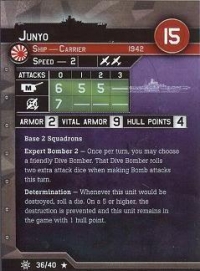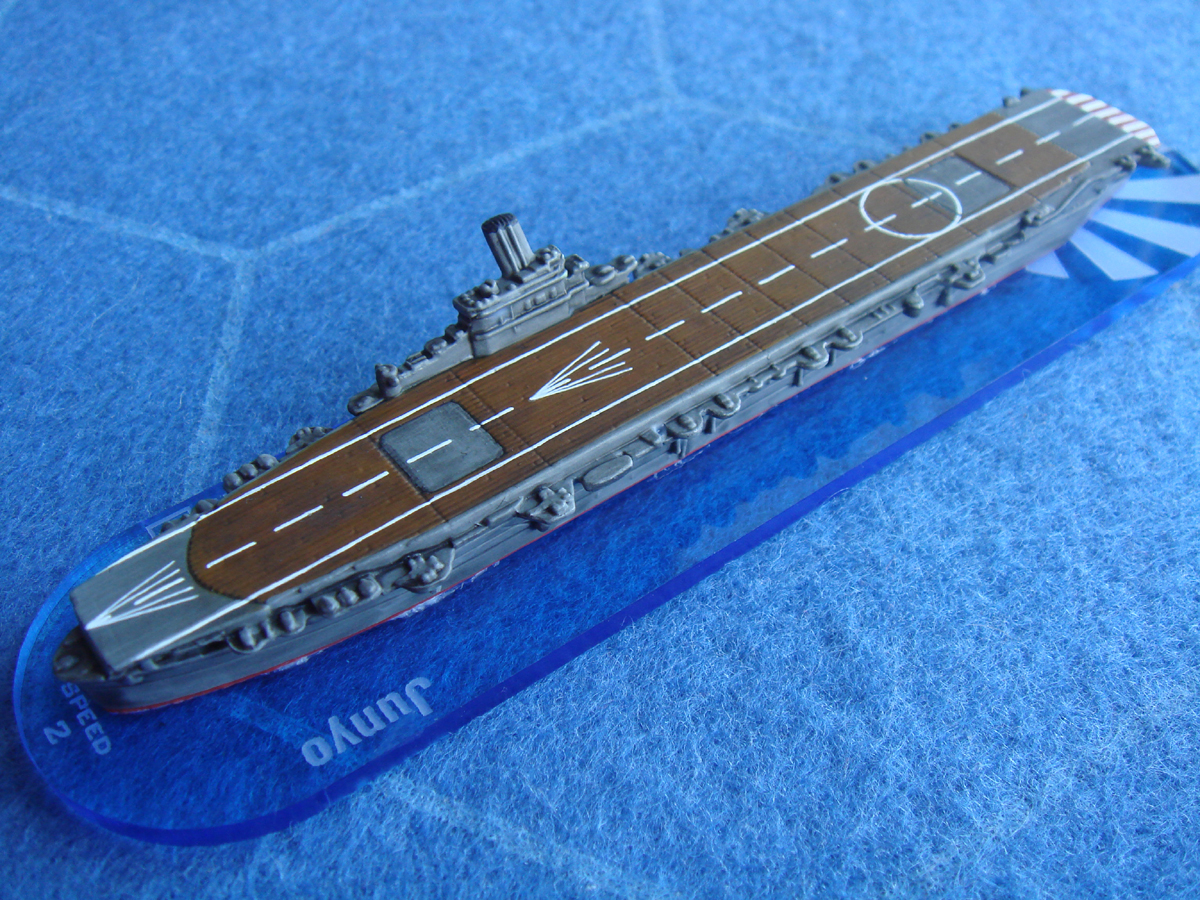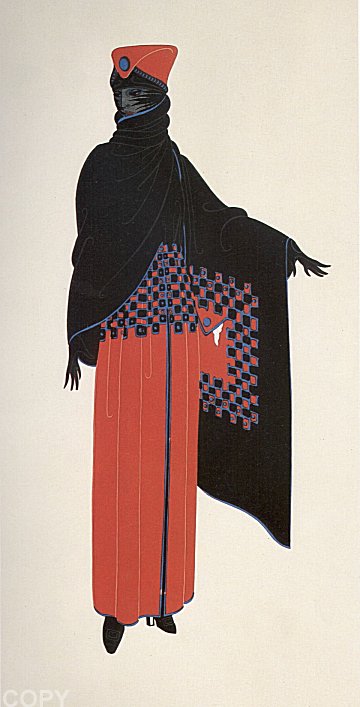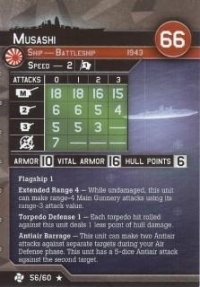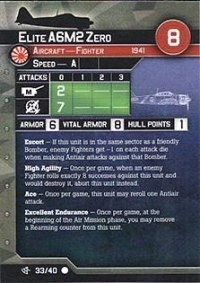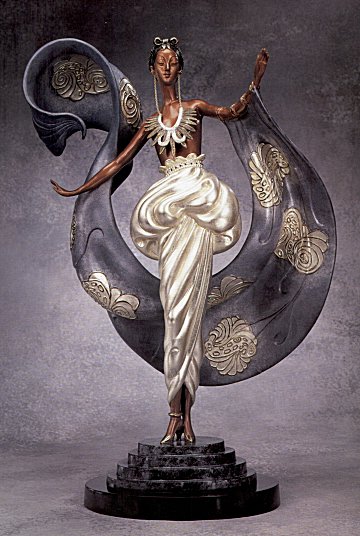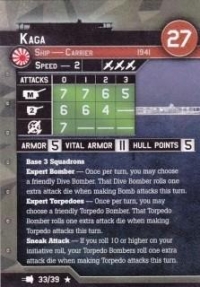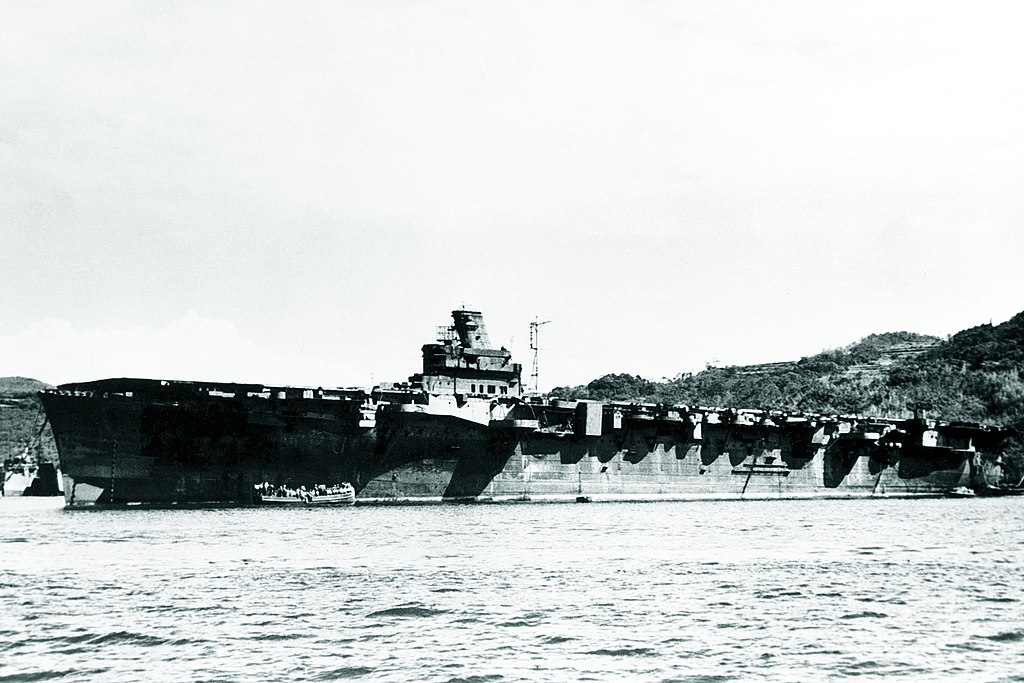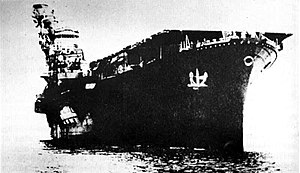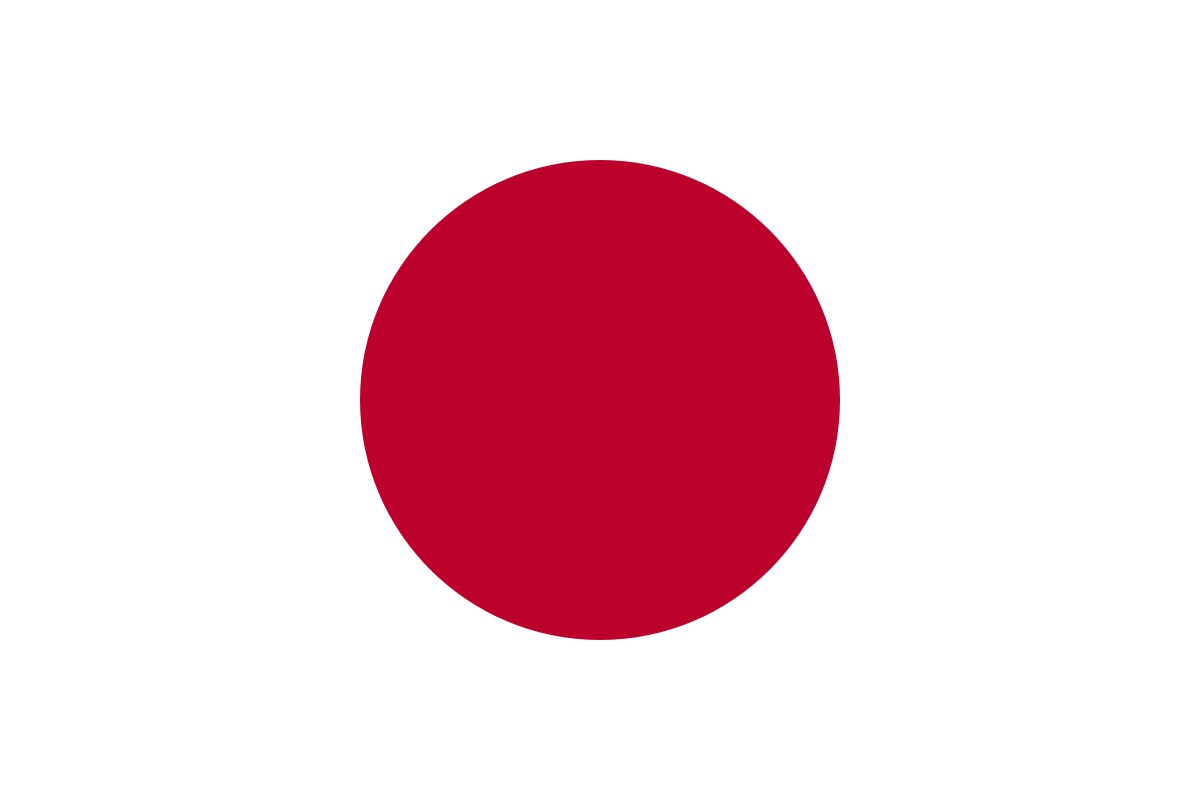Prototype: Jun'yō (隼鷹, "Peregrine Falcon")[1] was a Hiyō-class aircraft carrier of the Imperial Japanese Navy (IJN). She was laid down as the passenger liner Kashiwara Maru (橿原丸), but was purchased by the IJN in 1941 while still under construction and converted into an aircraft carrier. Completed in May 1942, the ship participated in the Aleutian Islands Campaign the following month and in several battles during the Guadalcanal Campaign later in the year. Her aircraft were used from land bases during several battles in the New Guinea and Solomon Islands Campaigns.
Jun'yō was torpedoed in November 1943 and spent three months under repair. She was damaged by several bombs during the Battle of the Philippine Sea in mid-1944, but quickly returned to service. Lacking aircraft, she was used as a transport in late 1944 and was torpedoed again in December. Jun'yō was under repair until March 1945, when work was cancelled as uneconomical. She was then effectively hulked for the rest of the war. After the surrender of Japan in September, the Americans also decided that she was not worth the cost to make her serviceable for use as a repatriation ship, and she was broken up in 1946–1947.
Jun'yō was torpedoed in November 1943 and spent three months under repair. She was damaged by several bombs during the Battle of the Philippine Sea in mid-1944, but quickly returned to service. Lacking aircraft, she was used as a transport in late 1944 and was torpedoed again in December. Jun'yō was under repair until March 1945, when work was cancelled as uneconomical. She was then effectively hulked for the rest of the war. After the surrender of Japan in September, the Americans also decided that she was not worth the cost to make her serviceable for use as a repatriation ship, and she was broken up in 1946–1947.
Class History: The two Hiyō-class aircraft carriers were built for the Imperial Japanese Navy (IJN) during World War II. Both ships of the class, Hiyō and Junyō, were originally laid down as luxury passenger liners before being acquired by the IJN for conversion to aircraft carriers in 1941. Junyō was the first of the sister ship to be completed in May 1942 and the ship participated in the invasion of the Aleutian Islands the following month. Both ships participated in several battles during the Guadalcanal Campaign in late 1942. Their aircraft were disembarked several times and used from land bases in a number of battles in the South West Pacific.
Hiyō was torpedoed in June 1943 and Junyō in November; both ships spent about three months under repair. They spent most of the time after their repairs training and ferrying aircraft before returning to combat. Hiyō was sunk by a gasoline vapor explosion caused by an American torpedo hit during the Battle of the Philippine Sea in mid-1944 while Junyō was damaged by several bombs. Lacking aircraft, she was used as a transport in late 1944 and was torpedoed in December. The ship was under repair until March 1945 when the repairs were deemed uneconomical. Junyō was then effectively hulked for the rest of the war. The ship was deemed not worth the cost to repair by the Americans after the surrender of Japan in September and she was broken up in 1946–47.
Hiyō was torpedoed in June 1943 and Junyō in November; both ships spent about three months under repair. They spent most of the time after their repairs training and ferrying aircraft before returning to combat. Hiyō was sunk by a gasoline vapor explosion caused by an American torpedo hit during the Battle of the Philippine Sea in mid-1944 while Junyō was damaged by several bombs. Lacking aircraft, she was used as a transport in late 1944 and was torpedoed in December. The ship was under repair until March 1945 when the repairs were deemed uneconomical. Junyō was then effectively hulked for the rest of the war. The ship was deemed not worth the cost to repair by the Americans after the surrender of Japan in September and she was broken up in 1946–47.
Country: Japan is an island nation in the Pacific Ocean with dense cities, imperial palaces, mountainous national parks and thousands of shrines and temples. Shinkansen bullet trains connect the main islands of Kyushu (with Okinawa's subtropical beaches), Honshu (home to Tokyo and Hiroshima’s atomic-bomb memorial) and Hokkaido (famous for skiing). Tokyo, the capital, is known for skyscrapers, shopping and pop culture.
Although legend has it that Japan was founded in 660BC, archaeologists agree that settlement in the Japanese archpelago dates back as far as 100,000 years. The Jomon Period (8000-c.300BC) is the earliest that has been studied. It is named after the 'jomon' or cord-marked pattern style of pottery of the period.
Although legend has it that Japan was founded in 660BC, archaeologists agree that settlement in the Japanese archpelago dates back as far as 100,000 years. The Jomon Period (8000-c.300BC) is the earliest that has been studied. It is named after the 'jomon' or cord-marked pattern style of pottery of the period.
Item created by: Lethe on 2015-05-31 17:46:30. Last edited by gdm on 2021-08-25 01:34:47
If you see errors or missing data in this entry, please feel free to log in and edit it. Anyone with a Gmail account can log in instantly.
If you see errors or missing data in this entry, please feel free to log in and edit it. Anyone with a Gmail account can log in instantly.


